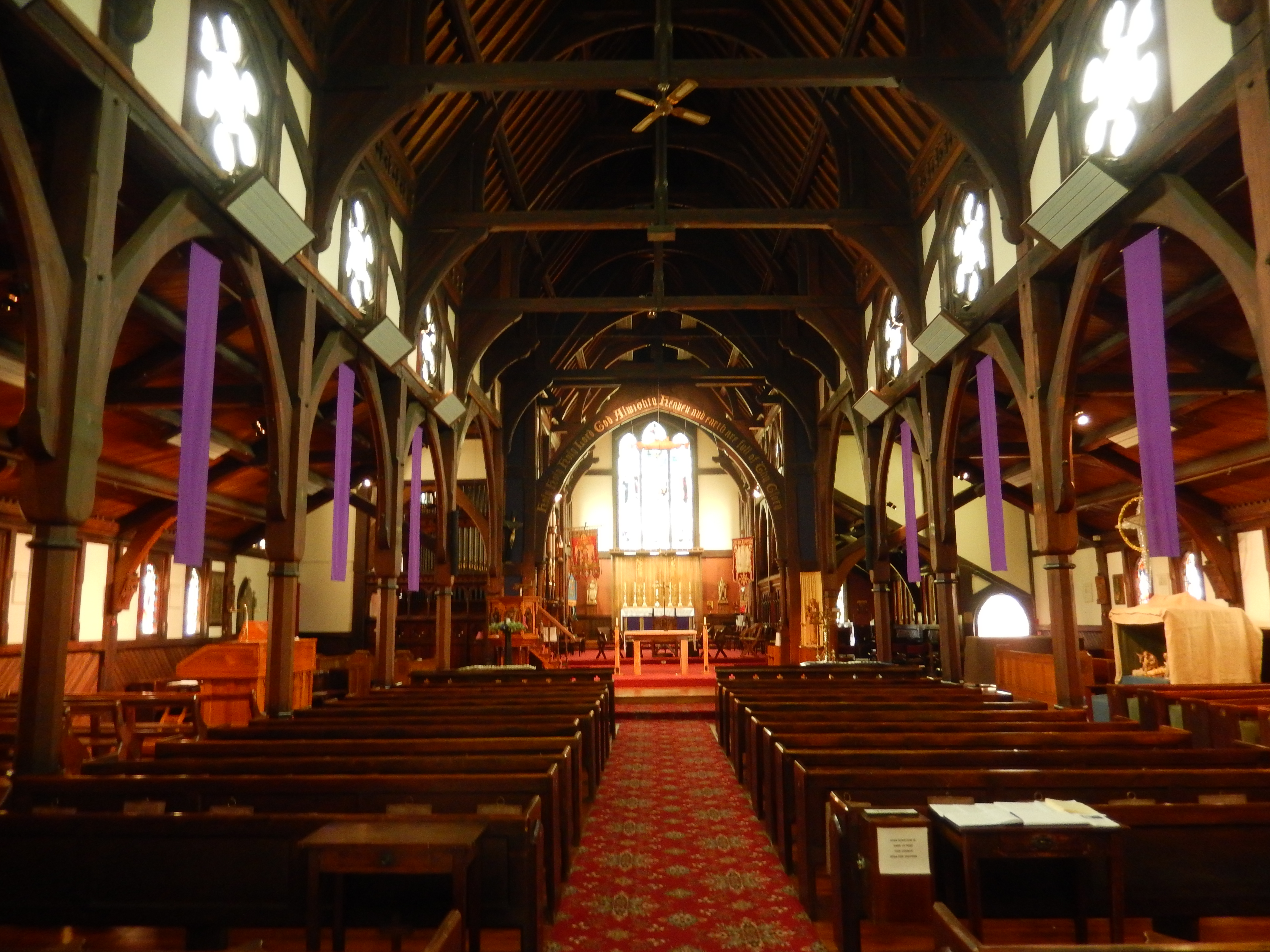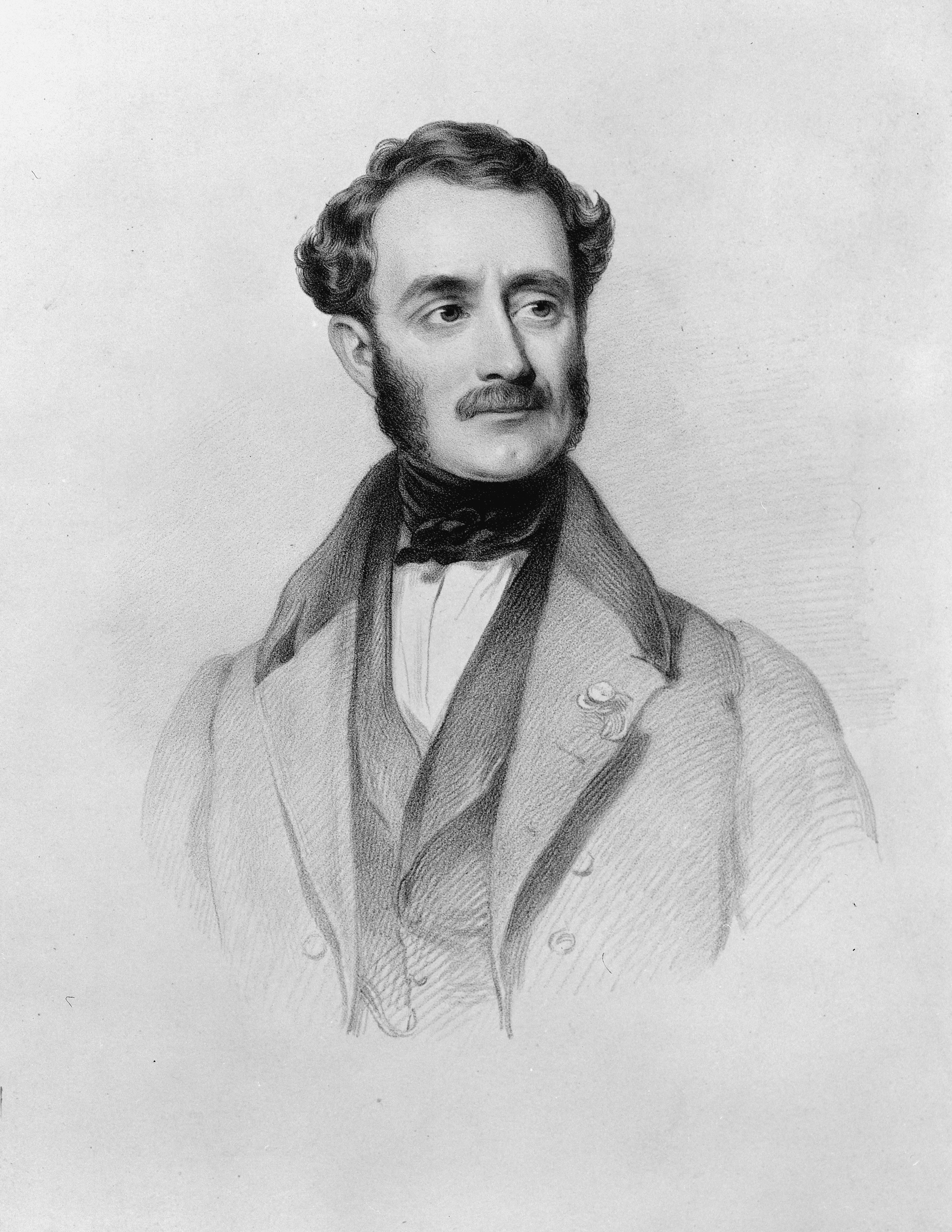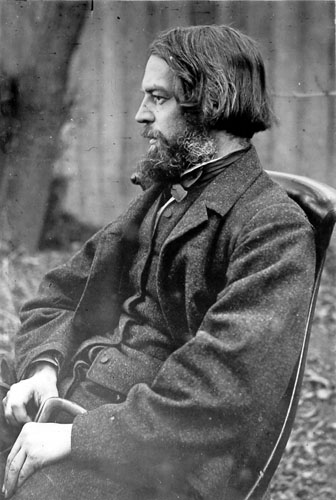|
Church Of St Michael And All Angels, Christchurch
The Church of St Michael and All Angels is an Anglican church in Christchurch, New Zealand. The church building at 84 Oxford Terrace, Christchurch, is registered as Category I by Heritage New Zealand. Its freestanding belfry is registered separately. History The structure stands on the site of the first church built by the Canterbury Association settlers in 1851. Henry Jacobs preached the sermon and conducted the service at the opening of the church in July 1851. St Michael & All Angels served as the pro-cathedral until the completion of ChristChurch Cathedral in 1881. The architect of the current church was William Fitzjohn Crisp (1846–1924). He had come out from England in 1864 as the pupil of Robert Speechly who had been appointed by George Gilbert Scott to supervise the building of ChristChurch Cathedral. The cornerstone of the church was laid in a ceremony on the Feast of St Michael & All Angels, 29 September 1870. However, problems with the construction of the building ... [...More Info...] [...Related Items...] OR: [Wikipedia] [Google] [Baidu] |
Christchurch Central City
Christchurch Central City or Christchurch City Centre is the geographical centre and the heart of Christchurch, New Zealand. It is defined as the area within the Four Avenues (Bealey Avenue, Fitzgerald Avenue, Moorhouse Avenue and Deans Avenue) and thus includes the densely built up central city, some less dense surrounding areas of residential, educational and industrial usage, and green space including Hagley Park, the Christchurch Botanic Gardens and the Barbadoes Street Cemetery. It suffered heavy damage in the 2010 Canterbury earthquake and was devastated in the 2011 Christchurch earthquake. Following this second earthquake, the Central City Red Zone The Central City Red Zone, also known as the CBD Red Zone, was a public exclusion zone in the Christchurch Central City implemented after the 22 February 2011 Christchurch earthquake. After February 2013, it was officially renamed the CBD Rebuil ... was set up and, with a gradually shrinking area, remained inaccessible ... [...More Info...] [...Related Items...] OR: [Wikipedia] [Google] [Baidu] |
Frederick Strouts
Frederick Strouts (1834 – 18 December 1919) was a notable New Zealand architect. He was born in Hothfield, Kent, England in 1834. He arrived in Lyttelton in 1859 and lived in Christchurch. Notable buildings include Ivey Hall at Lincoln University, the Canterbury Club building, the Lyttelton Harbour Board building, the Rhodes Convalescent Home in Cashmere, Strowan House (now part of St Andrew's College), and Otahuna homestead on Banks Peninsula Banks Peninsula is a peninsula of volcanic origin on the east coast of the South Island of New Zealand. It has an area of approximately and encompasses two large harbours and many smaller bays and coves. The South Island's largest cit .... He was supervising architect at the Church of St Michael and All Angels in Christchurch. Strouts took on Cecil Wood in 1893 when Wood was 15 years of age. References 1834 births 1919 deaths English emigrants to New Zealand People from Hothfield 19th-century New Zealand ... [...More Info...] [...Related Items...] OR: [Wikipedia] [Google] [Baidu] |
Julius Von Haast
Sir Johann Franz Julius von Haast (1 May 1822 – 16 August 1887) was a German-born New Zealand explorer, geologist, and founder of the Canterbury Museum in Christchurch. Early life Johann Franz Julius Haast was born on 1 May 1822 in Bonn, a town in the Kingdom of Prussia, to a merchant and his wife. As a child, he attended a local school but was also educated at a grammar school in Cologne. After completing his formal schooling, he then entered the University of Bonn, where he studied geology and mineralogy. However, he did not graduate. As a young man, he travelled throughout Europe before basing himself in Frankfurt, working in the trading of books and mineral samples collected on his journeys. On 26 October 1846, Haast married Antonia Schmitt at Frankfurt, Germany. The marriage, although unhappy, produced a son named Robert two years later. Haast was fluent in English and, in 1858, was contracted by a British shipping firm, A. Willis, Gann & Company, to report on the ... [...More Info...] [...Related Items...] OR: [Wikipedia] [Google] [Baidu] |
1869 Christchurch Earthquake
The 1869 Christchurch earthquake occurred at 8:00 am on 5 June, near New Brighton, with an estimated Richter magnitude of 6.0. The shock had a Mercalli Intensity of VII–VIII. The shock damaged several brick and stone buildings in the city, destroying chimneys and damaging the spire of St John's church in Hereford Street. The effects of the earthquake on stone buildings such as St. Johns prompted the Church of St Michael and All Angels to be built using timber. See also *2010 Canterbury earthquake *2011 Christchurch earthquake *2016 Kaikōura earthquake *List of earthquakes in New Zealand *List of historical earthquakes *List of tsunamis affecting New Zealand References Christchurch 1869 Christchurch earthquake A major earthquake occurred in Christchurch on Tuesday 22 February 2011 at 12:51 p.m. local time (23:51 UTC, 21 February). The () earthquake struck the entire of the Canterbury region in the South Island, centred south-east ... History ... [...More Info...] [...Related Items...] OR: [Wikipedia] [Google] [Baidu] |
Canterbury Plains
The Canterbury Plains () are an area in New Zealand centred in the Mid Canterbury, to the south of the city of Christchurch in the Canterbury region. Their northern extremes are at the foot of the Hundalee Hills in the Hurunui District, and in the south they merge into the plains of North Otago beyond the Waitaki River. The smaller Amuri Plain forms a northern extension of the plains. Geology The Canterbury Plains were formed from Quaternary moraine gravels transported from the Southern Alps and deposited here during glacial periods in the late Pleistocene approximately 3 million to 10,000 years ago. The alluvial gravels were then reworked as shingle fans of several of the larger rivers, notably the Waimakariri, the Rakaia, the Selwyn / Waikirikiri, and the Rangitata. Part of the Canterbury-Otago tussock grasslands, the land is suitable for moderately intensive livestock farming but is prone to droughts, especially when the prevailing wind is from the northwest. At these time ... [...More Info...] [...Related Items...] OR: [Wikipedia] [Google] [Baidu] |
Church Of St Michael And All Angels 91
Church may refer to: Religion * Church (building), a building for Christian religious activities * Church (congregation), a local congregation of a Christian denomination * Church service, a formalized period of Christian communal worship * Christian denomination, a Christian organization with distinct doctrine and practice * Christian Church, either the collective body of all Christian believers, or early Christianity Places United Kingdom * Church (Liverpool ward), a Liverpool City Council ward * Church (Reading ward), a Reading Borough Council ward * Church (Sefton ward), a Metropolitan Borough of Sefton ward * Church, Lancashire, England United States * Church, Iowa, an unincorporated community * Church Lake, a lake in Minnesota Arts, entertainment, and media * ''Church magazine'', a pastoral theology magazine published by the National Pastoral Life Center Fictional entities * Church (''Red vs. Blue''), a fictional character in the video web series ''Red vs. Blue'' * Churc ... [...More Info...] [...Related Items...] OR: [Wikipedia] [Google] [Baidu] |
St Michael's Church School
St Michael's is a co-educational Anglican private primary and intermediate day school situated in the city centre of Christchurch, New Zealand. The school provides an education for year zero to year eight. It is associated with the Church of St Michael and All Angels. Three of the buildings and structures are registered with the New Zealand Historic Places Trust as heritage items. The church building is registered as a Category I structure. The belfry of the church, built in 1861 and designed by Benjamin Mountfort, is also recognised as a Category I structure. The 1912 Stone School Building, designed by Cecil Wood, is registered as a Category II building. See also *List of schools in the Canterbury Region Canterbury is a region in the South Island of New Zealand. It contains numerous rural primary schools, several small town primary and secondary schools, and big-city schools in Christchurch. Due to the large number of schools in Christchurch, th ... References Externa ... [...More Info...] [...Related Items...] OR: [Wikipedia] [Google] [Baidu] |
Archbishop Of New Zealand
Primate of New Zealand is a title held by a bishop who leads the Anglican Church in Aotearoa, New Zealand and Polynesia. Since 2006, the Senior Bishop of each '' tikanga'' (Māori, Pākehā, Pasefika) serves automatically as one of three co-equal Primates-and-Archbishops. Previously, one of these three would be Presiding Bishop and the other two Co-Presiding Bishops; and before that there was only one Primate. Bishop and Metropolitan George Selwyn was consecrated Bishop of New Zealand on 17 October 1841: he was the sole bishop over a very large territory, including all New Zealand and very many South Pacific islands. In his lifetime, as the Anglican ministry in New Zealand grew, that one diocese was divided several times: by letters patent dated 22 September 1858, Selwyn was made metropolitan bishop over the other dioceses and called Bishop of New Zealand and Metropolitan. By 1868, New Zealand had seven dioceses, Selwyn had come to be referred to as "the Primate", and the General ... [...More Info...] [...Related Items...] OR: [Wikipedia] [Google] [Baidu] |
Alfred Averill
Alfred Walter Averill (7 October 18656 July 1957) was the second Anglican Archbishop of New Zealand, from 1925 to 1940. He was also the fifth Anglican Bishop of Auckland whose episcopate spanned a 25-year period during the first half of the 20th century. Biography Born in Castle Church, Staffordshire he was educated at King Edward VI School, Stafford and St John's College, Oxford, where his course of study was Honour Theology. He rowed for his College and got his colours for playing both rugby and association football (soccer). He graduated in 1887, then he attended the Ely Theological College. He was made deacon in St Paul's Cathedral by Frederick Temple, Bishop of London, on the Fourth Sunday in Advent 1888; and ordained priest on 22 December 1889 in London;Blain, Michael. ''Blain Biographical Directory of Anglican clergy in the South Pacific — ordained before 1932'' (2019) pp. 52–3 (Accessed aProject Canterbury 25 June 2019) before embarking on an ecclesiastical career wi ... [...More Info...] [...Related Items...] OR: [Wikipedia] [Google] [Baidu] |
First Four Ships
The First Four Ships refers to the four sailing vessels chartered by the Canterbury Association which left Plymouth, England, in September 1850 to transport the first English settlers to new homes in Canterbury, New Zealand. The colonists or settlers who arrived on the first four ships are known as the Canterbury Pilgrims. Background Edward Gibbon Wakefield and Irish-born John Robert Godley, the guiding forces within the Canterbury Association, organised an offshoot of the New Zealand Company, a settlement in a planned English enclave in an area now part of the Wairarapa in the North Island of New Zealand. The inaugural meeting of the Canterbury Association took place at 41 Charing Cross, London, on 27 March 1848. The meeting passed a resolution "that the name of the proposed settlement be "Canterbury" and the name of the chief town be "Christchurch"." Preparations Explorations The Canterbury Association sent Captain Joseph Thomas as chief surveyor and leader of the Associati ... [...More Info...] [...Related Items...] OR: [Wikipedia] [Google] [Baidu] |
Benjamin Mountfort
Benjamin Woolfield Mountfort (13 March 1825 – 15 March 1898) was an English emigrant to New Zealand, where he became one of the country's most prominent 19th-century architects. He was instrumental in shaping the city of Christchurch's unique architectural identity and culture, and was appointed the first official Provincial Architect of the developing province of Canterbury, New Zealand, Canterbury. Heavily influenced by the Anglo-Catholicism, Anglo-Catholic philosophy behind early Victorian architecture, he is credited with importing the Gothic revival style to New Zealand. His Gothic designs constructed in both wood and stone in the province are considered unique to New Zealand. Today, he is considered the founding architect of the province of Canterbury. Early life Mountfort was born in Birmingham, an industrial town in the English Midlands, Midlands of England. He was the son of perfume manufacturer and jeweller Thomas Mountfort and his wife Susanna (née Woolfield). As a ... [...More Info...] [...Related Items...] OR: [Wikipedia] [Google] [Baidu] |
Bell Tower
A bell tower is a tower that contains one or more bells, or that is designed to hold bells even if it has none. Such a tower commonly serves as part of a Christian church, and will contain church bells, but there are also many secular bell towers, often part of a municipal building, an educational establishment, or a tower built specifically to house a carillon. Church bell towers often incorporate clocks, and secular towers usually do, as a public service. The term campanile (, also , ), deriving from the Italian ''campanile'', which in turn derives from ''campana'', meaning "bell", is synonymous with ''bell tower''; though in English usage campanile tends to be used to refer to a free standing bell tower. A bell tower may also in some traditions be called a belfry, though this term may also refer specifically to the substructure that houses the bells and the ringers rather than the complete tower. The tallest free-standing bell tower in the world, high, is the Mortegliano B ... [...More Info...] [...Related Items...] OR: [Wikipedia] [Google] [Baidu] |




.jpg)

%2C_by_Mason_&_Co..jpg)
.jpg)

